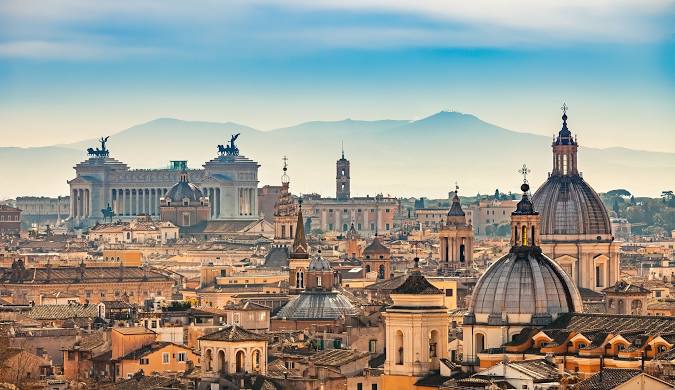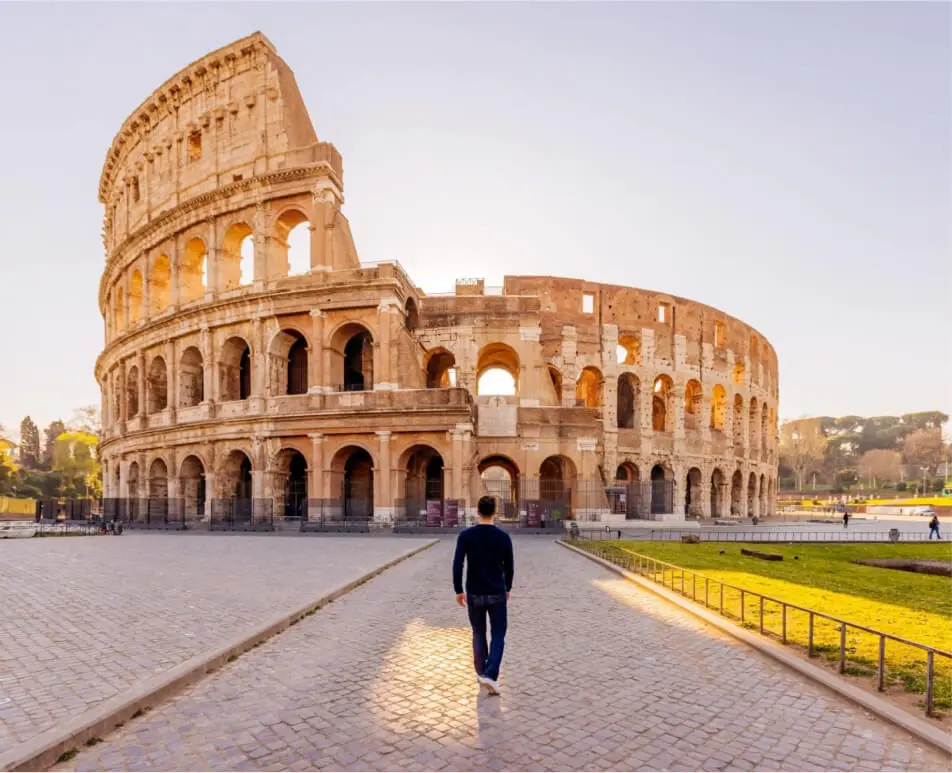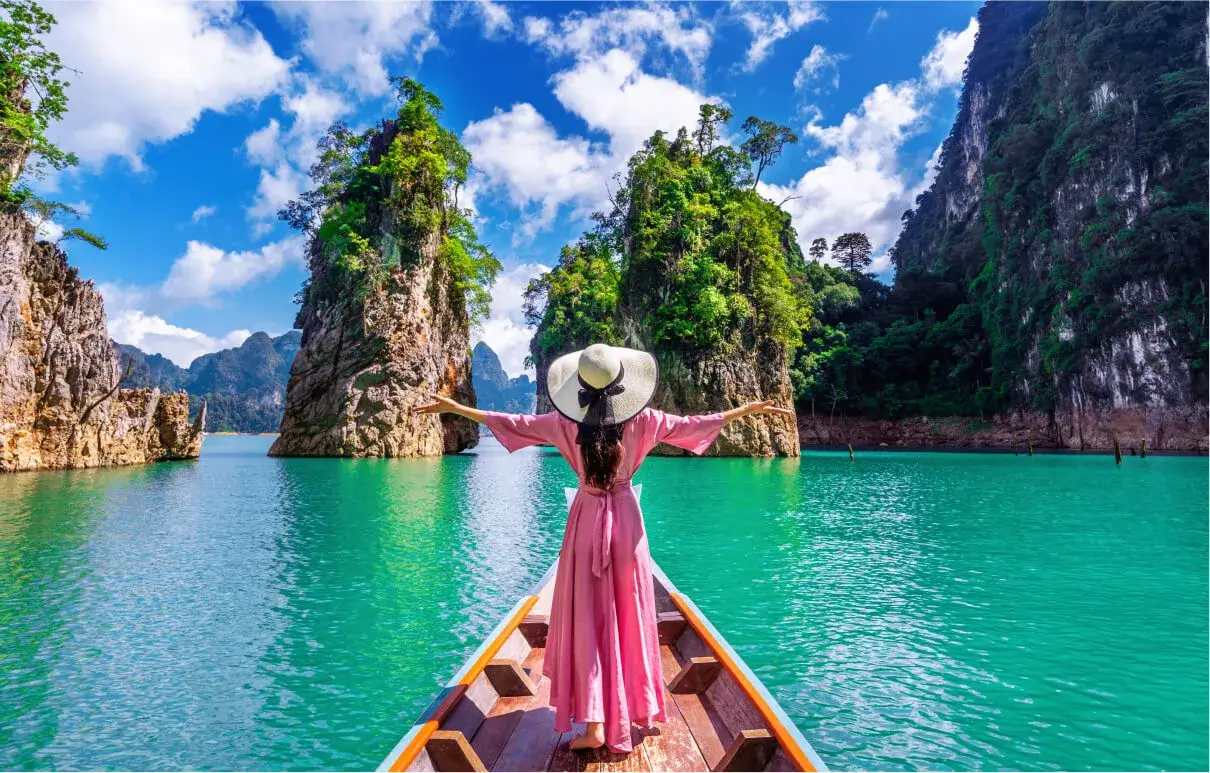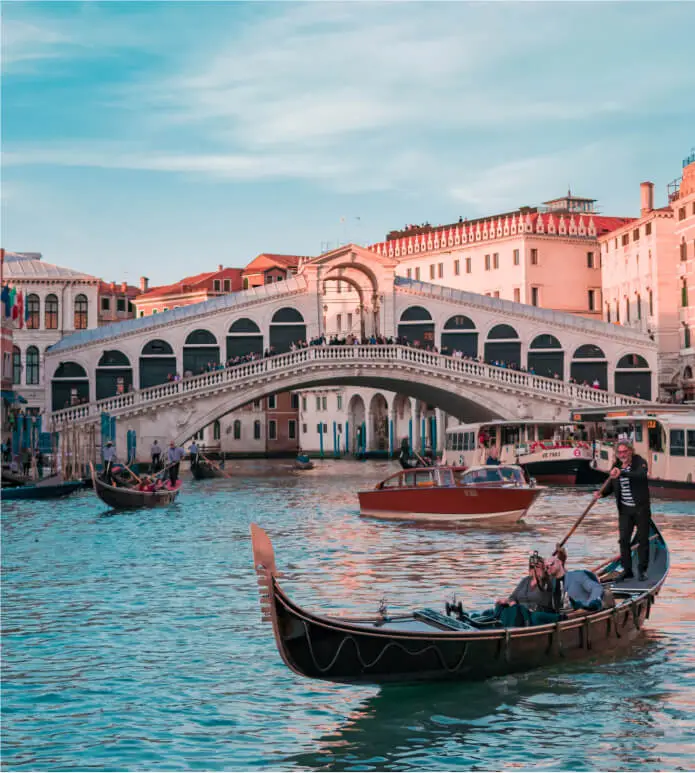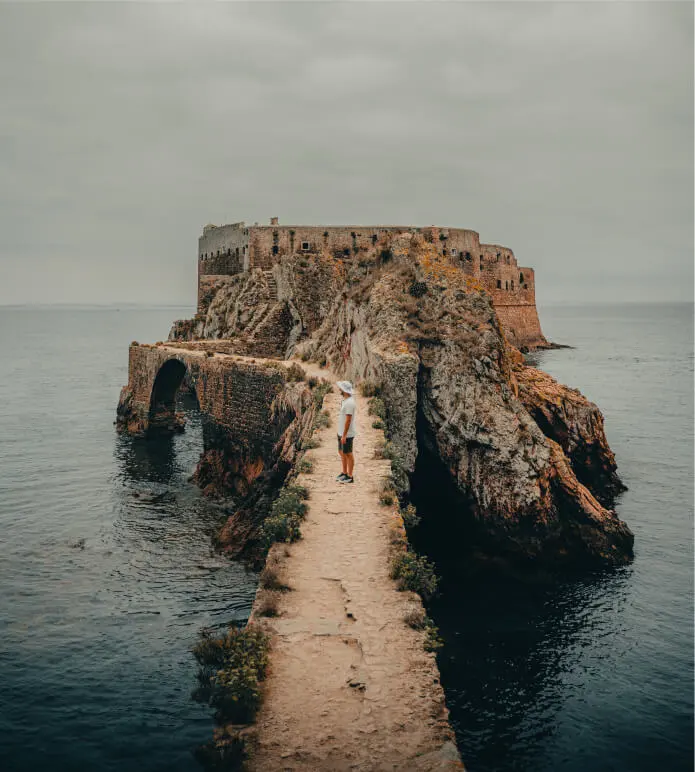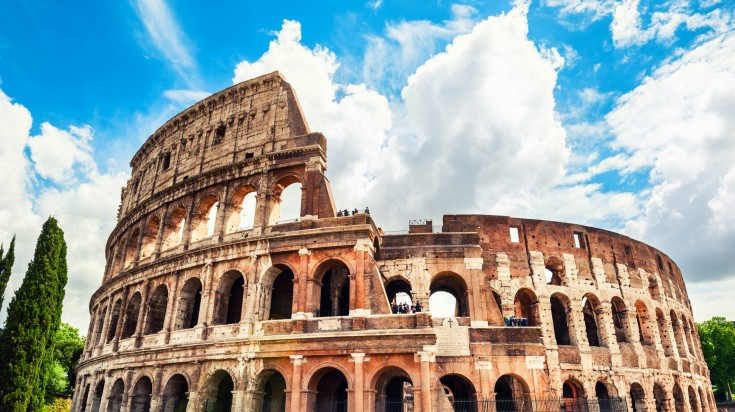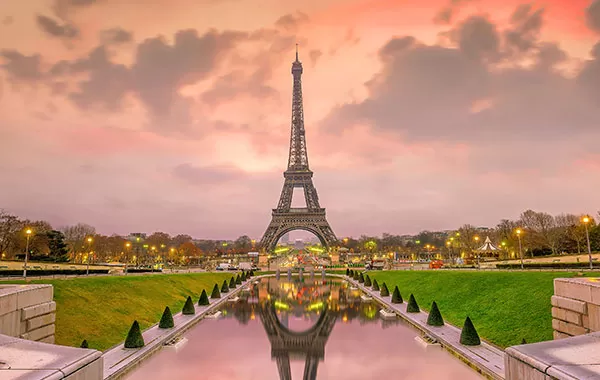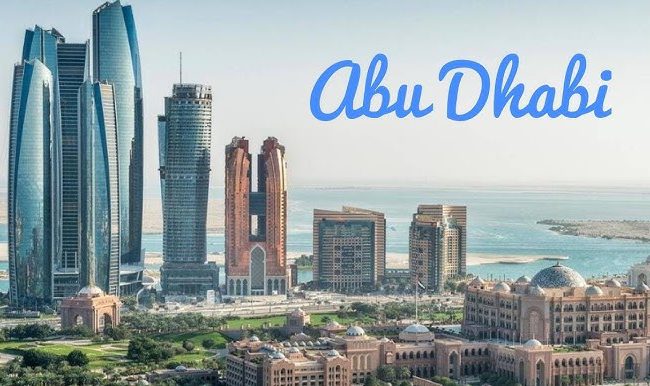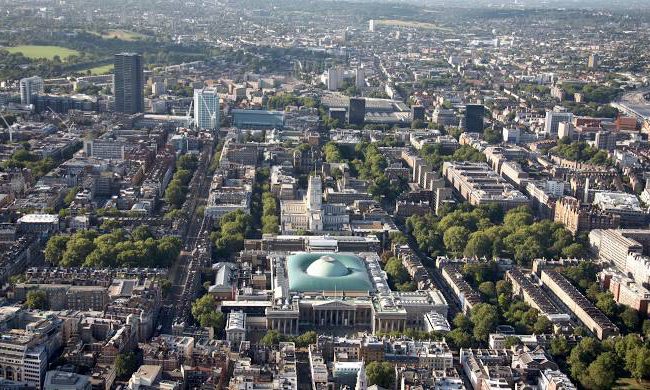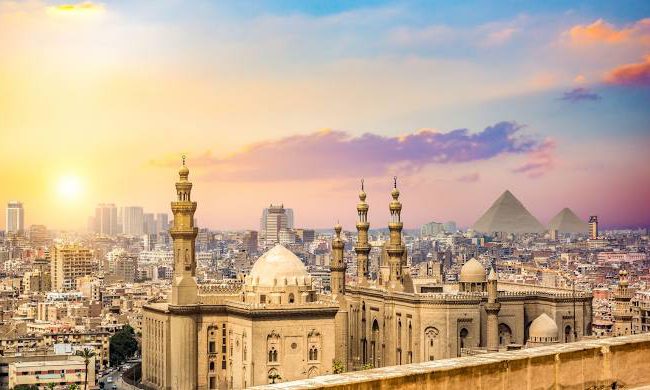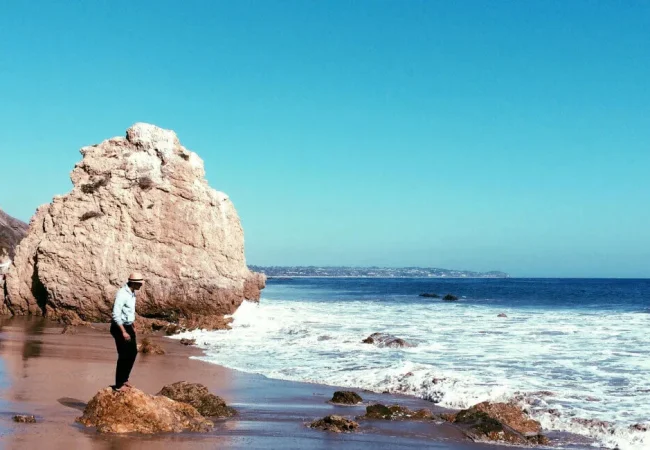Welcome To Italy
Italy, country of south-central Europe, occupying a peninsula that juts deep into the Mediterranean Sea. Italy comprises some of the most varied and scenic landscapes on Earth and is often described as a country shaped like a boot. At its broad top stand the Alps, which are among the world’s most rugged mountains. Italy’s highest points are along Monte Rosa, which peaks in Switzerland, and along Mont Blanc, which peaks in France. The western Alps overlook a landscape of Alpine lakes and glacier-carved valleys that stretch down to the Po River and the Piedmont. Tuscany, to the south of the cisalpine region, is perhaps the country’s best-known region. From the central Alps, running down the length of the country, radiates the tall Apennine Range, which widens near Rome to cover nearly the entire width of the Italian peninsula. South of Rome the Apennines narrow and are flanked by two wide coastal plains, one facing the Tyrrhenian Sea and the other the Adriatic Sea. Much of the lower Apennine chain is near-wilderness, hosting a wide range of species rarely seen elsewhere in western Europe, such as wild boars, wolves, asps, and bears. The southern Apennines are also tectonically unstable, with several active volcanoes, including Vesuvius, which from time to time belches ash and steam into the air above Naples and its island-strewn bay. At the bottom of the country, in the Mediterranean Sea, lie the islands of Sicily and Sardinia.
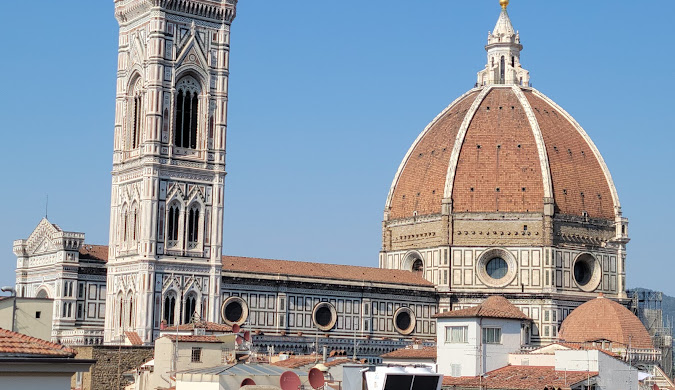
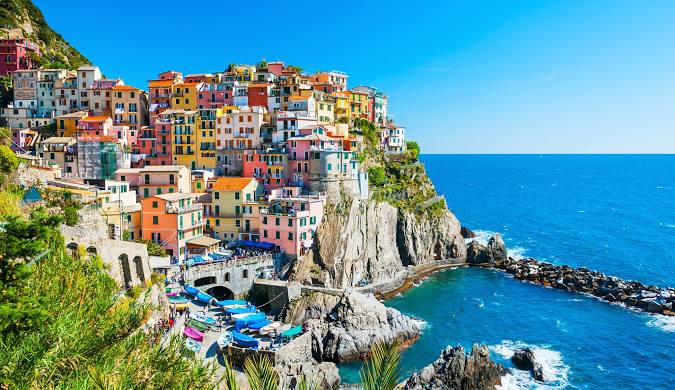
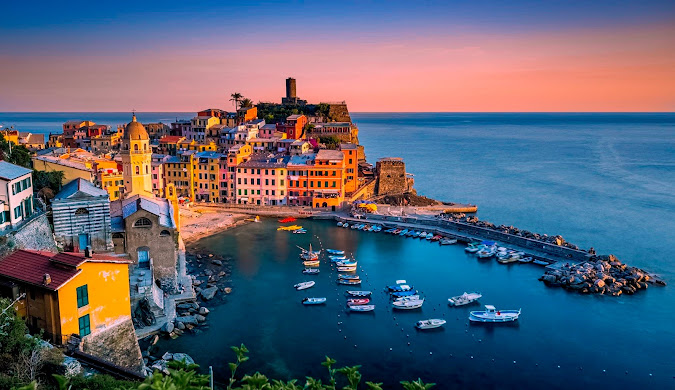
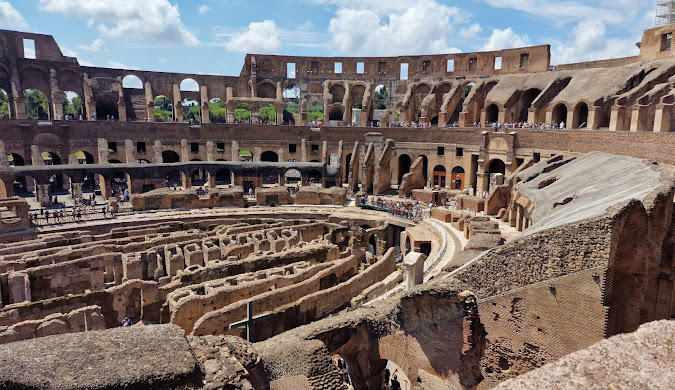
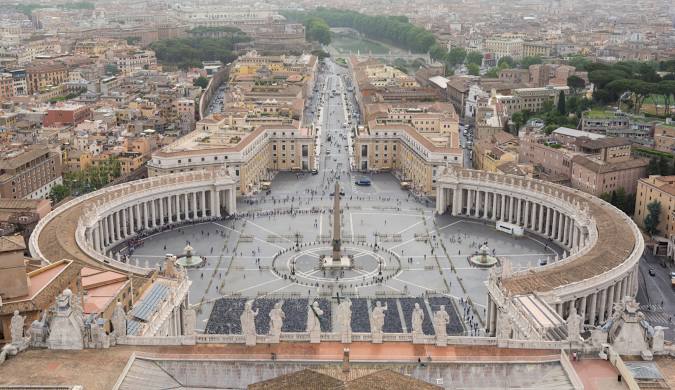

The capital is Rome, one of the oldest of the world’s great cities and a favourite of visitors, who go there to see its great monuments and works of art as well as to enjoy the city’s famed dolce vita, or “sweet life.” Other major cities include the industrial and fashion centre of Milan; Genoa, a handsome port on the Ligurian Gulf; the sprawling southern metropolis of Naples; and Venice, one of the world’s oldest tourist destinations. Surrounded by Rome is an independent state, Vatican City, which is the seat of the Roman Catholic Church and the spiritual home of Italy’s overwhelmingly Catholic population. Each of those cities, and countless smaller cities and towns, has retained its differences against the leveling effect of the mass media and standardized education. Thus, many Italians, particularly older ones, are inclined to think of themselves as belonging to families, then neighbourhoods, then towns or cities, then regions, and then, last, as members of a nation.

